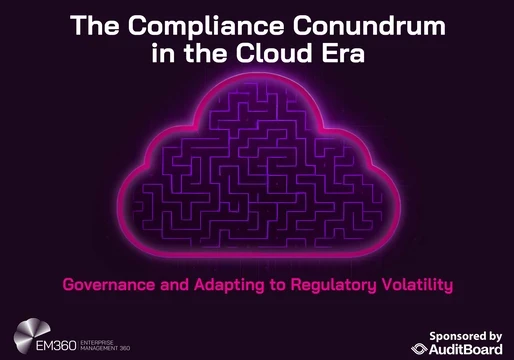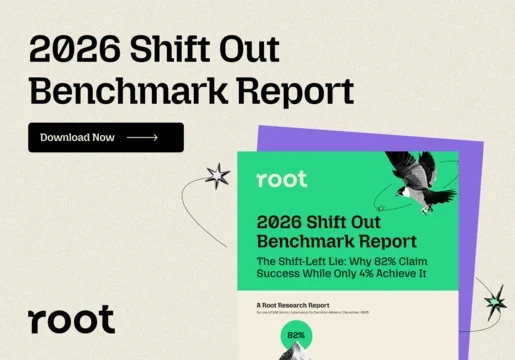Can your organization truly trust every identity, human, machine, and AI?
The traditional security perimeter is no longer a reliable boundary. As enterprises adopt hybrid infrastructures, cloud services, and autonomous AI systems, identity has emerged as the central element of effective cybersecurity.
In the latest episode of The Security Strategist Podcast, Richard Stiennon speaks with StrongDM’s Chief Executive Officer Tim Prendergast about how organizations can secure human users, machines, and agentic AI through identity-based controls.
Identity at the Center of Zero Trust
Both Stiennon and Prendergast believe identity has become the true control plane for modern cybersecurity. While Zero Trust frameworks are widely promoted, they often remain theoretical until grounded in strong identity governance. By continuously verifying and managing every identity—human, machine, and AI—organizations can strengthen access control, reduce the risk of credential theft, and enforce clear operational boundaries across their environments.
As Prendergast explains, “No one wants to go out of business tomorrow, no matter how good their security is. You have to balance the needs of the business, the needs of your user or customer populations, and practical security.
Securing Human Users
For human users, particularly those with privileged access, identity management must strike a balance between security and productivity. CISOs need visibility into who is accessing critical assets, when, and under what context. StrongDM’s approach emphasizes just-in-time access, ensuring users receive only the permissions they need, precisely when they need them.
Implementation Considerations
Deploying identity-based security requires a strategic, phased approach. Prendergast stresses that security measures must align with business priorities to minimize disruption. By treating users, machines, and AI agents as identities rather than simply devices or services, organizations can enforce dynamic policies, respond to threats more effectively, and maintain compliance in increasingly distributed IT environments.
StrongDM’s approach demonstrates that the future of security lies in identity-first models where humans, machines, and AI agents are governed under the same principles, ensuring that the right identities have the right access at the right time.
Takeaways
- Identity is the new control plane for security.
- Zero Trust is often theoretical; real progress lies in identity-based security.
- Stolen credentials are the primary attack vector.
- A Renaissance in identity security is overdue.
- StrongDM offers just-in-time access for identities.
- Real-time interrogation of entities is crucial for security.
- CISOs need better visibility and resources for identity management.
- Agentic AI presents both risks and opportunities for businesses.
- Implementation of identity security must be strategic and gradual.
- The shift from authentication to authorization is essential for future security.
Chapters
00:00 Introduction to Identity-Based Security
03:08 The Role of Identity in Zero Trust
06:45 Understanding Critical Assets and Identity Approaches
09:41 Agentic AI and Its Implications
17:51 Implementation Challenges in Identity Security
21:32 Key Takeaways for CISOs
About StrongDM
Founded in 2015, StrongDM helps organizations manage and audit access to databases, servers, clusters, and web applications. Trusted by technical teams worldwide, our platform is secure by design, operationally effective, and easy to use. With a 98 per cent customer retention rate, we turn customers into lifelong fans. Our mission-driven values ensure we stay true to helping organizations simplify access management while keeping security uncompromised.









Comments ( 0 )